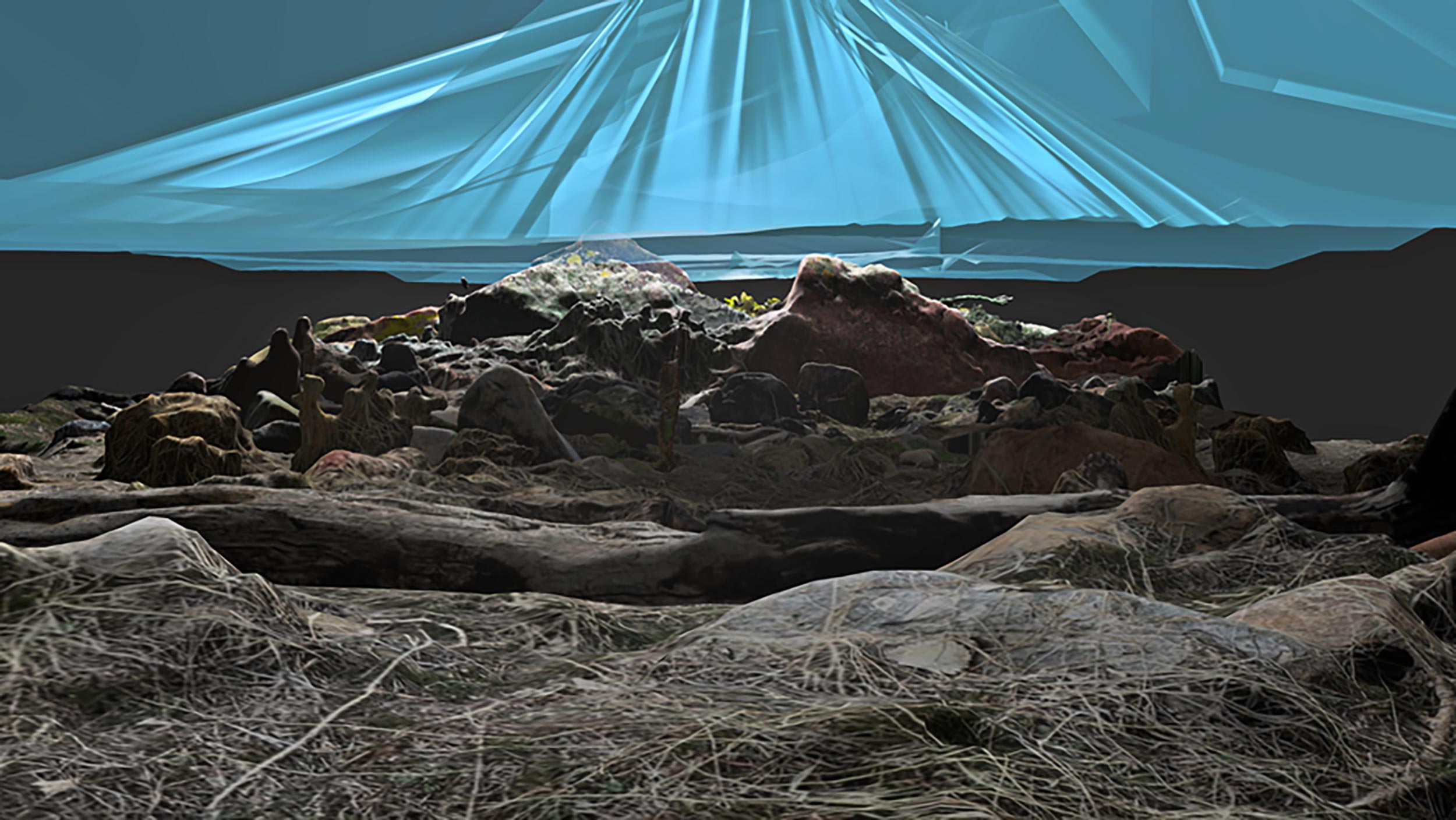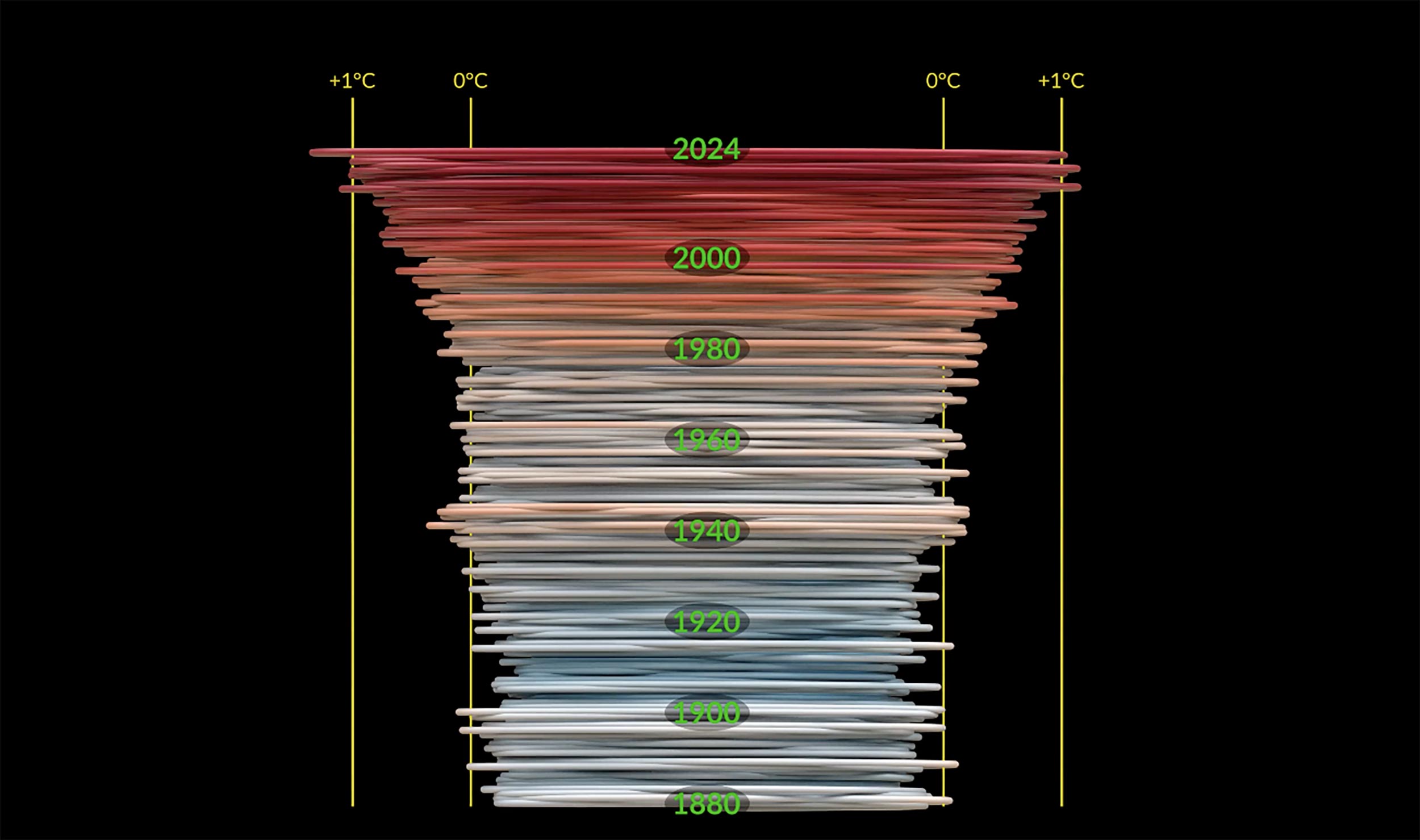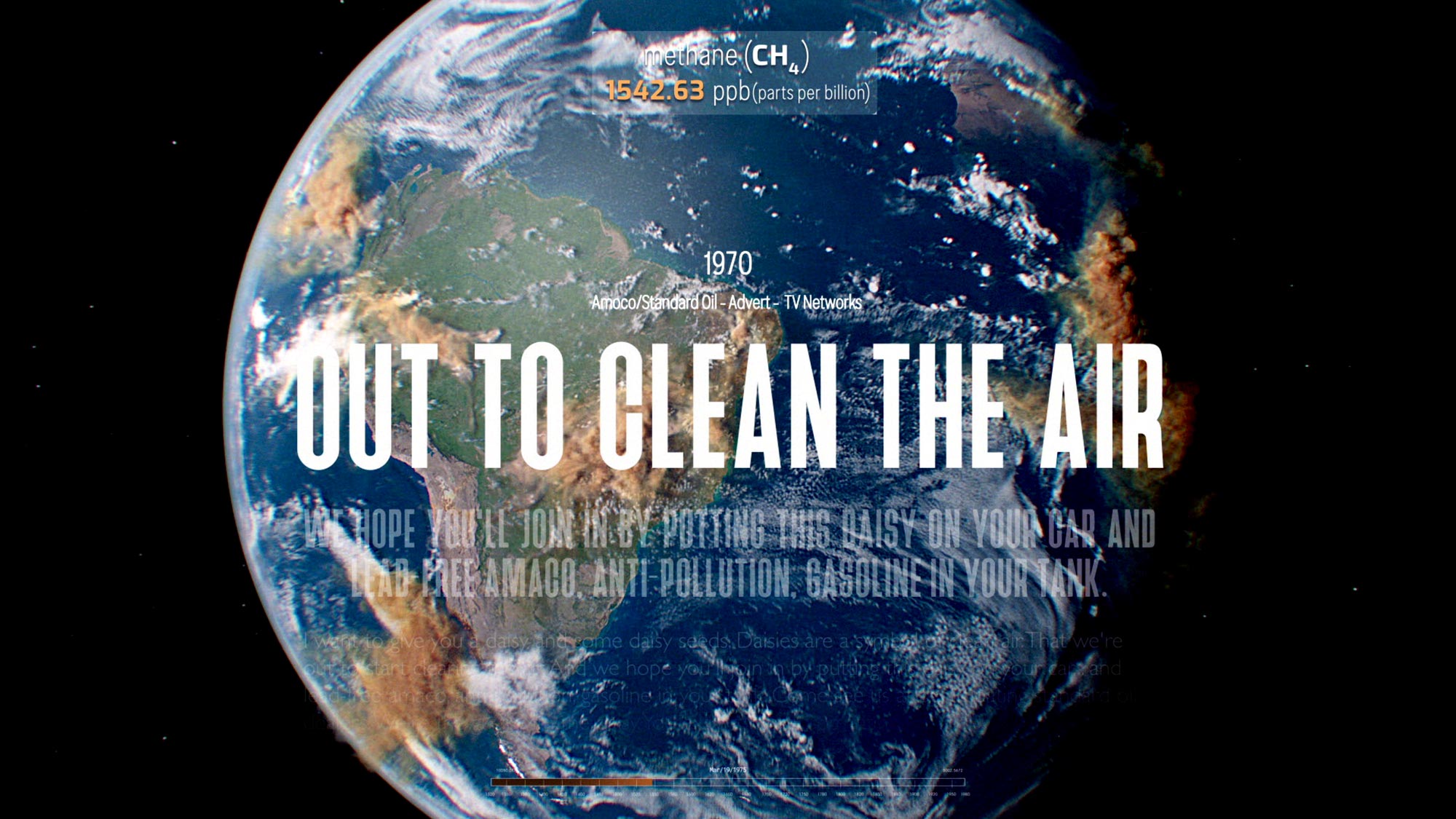Followed by a Q&A with Golden Nica Winner Beatie Wolfe
Through animation, scientific concepts become more than just data—they become stories that resonate and inspire. Animation can turn complex scientific concepts into visually comprehensible narratives, making them accessible to a broad audience.
From exploring the Milky Way’s center and the dynamics of stars orbiting a supermassive black hole to depicting DNA replication or the planet’s warming trends throughout time, the selected animations break down intricate scientific phenomena into coherent segments. Such graphical representations of data often unveil ‘hidden’ insights about our world, in other words, they make us aware of phenomena that develop either too slowly (climate change) or too fast (DNA replication) to be noticeable through direct experience or observation technology. Some of the selected animations have a more factual, informative approach, focusing on making complex scientific concepts such as black holes, “G-object” dusty stars or the AMOC (Atlantic Meridional Overturning Circulation) tangible and engaging for everyone.
Other works in the selection integrate scientific data with more emotional narratives. Examples include reflecting on resilience in the aftermath of environmental disasters such as the Marshall Fire in Colorado, or exploring the complexities of corporate influence in managing climate data.
| A Journey to the Center of the Milky Way: Stellar Orbits around Its Central Black Hole | NCSA Advanced Visualization Lab (US), 3’19’’ |
| DNA Replication of the lagging strand | Peter Mindek (SK), Tobias Klein (DE), Alfredo De Biasio (IT), 2’45’’ |
| Following the upper and lower limbs of the Atlantic Meridional Overturning Circulation | Felicia Brisc (DE), Nuno Serra (PT), 3’45’ |
| NASA Climate Spiral | Mark SubbaRao (US), 30’’ |
| Resaerate | Jullian Young (US), 4’10’’ |
| Smoke and Mirrors | Beatie Wolfe (GB), 4’20’’ |

FREE / No Ticket
Max. 80





